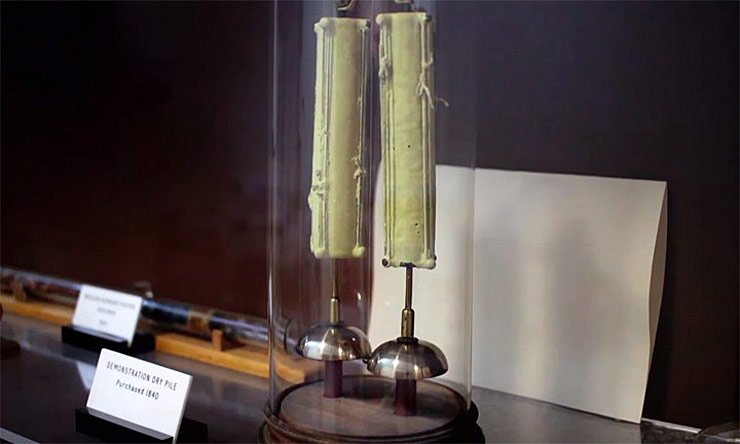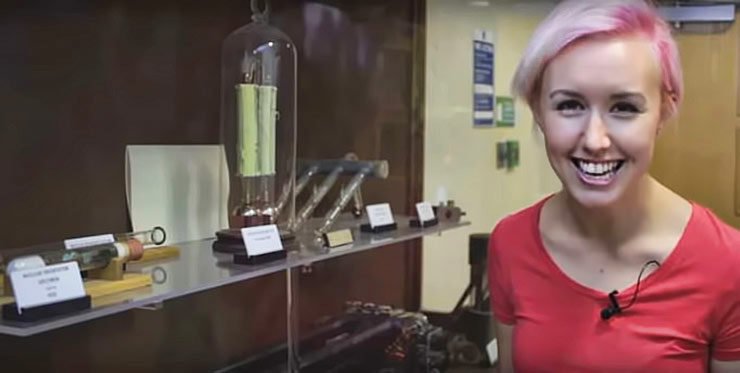In a laboratory at Oxford University sits the Oxford Electric Bell, which has spent 177 years constantly ringing. And no-one’s quite sure what the battery that powers it is made of…
Most of us would be hard-pressed to get through an entire day without charging our smartphone’s battery at least once. And while some promising engineering developments might make that situation a little better, a full charge would still be on the order of days. Some batteries, like the one in the Oxford Electric Bell, can last a little longer. Like, a few decades shy of two centuries.
The Clarendon Dry Pile was purchased by Professor Robert Walker and bears the label in his handwriting “Set up in 1840”, though a later note indicates that it may have been constructed some 15 years earlier.
The Oxford Electric Bell, has been ringing continuously on the same battery for 177 Years. The bell’s clapper oscillates back and forth constantly and quickly, meaning the Oxford Electric Bell, as it’s called, has rung roughly 10 billion times, according to the university.Watch the video below to learn more.















Facebook Comments